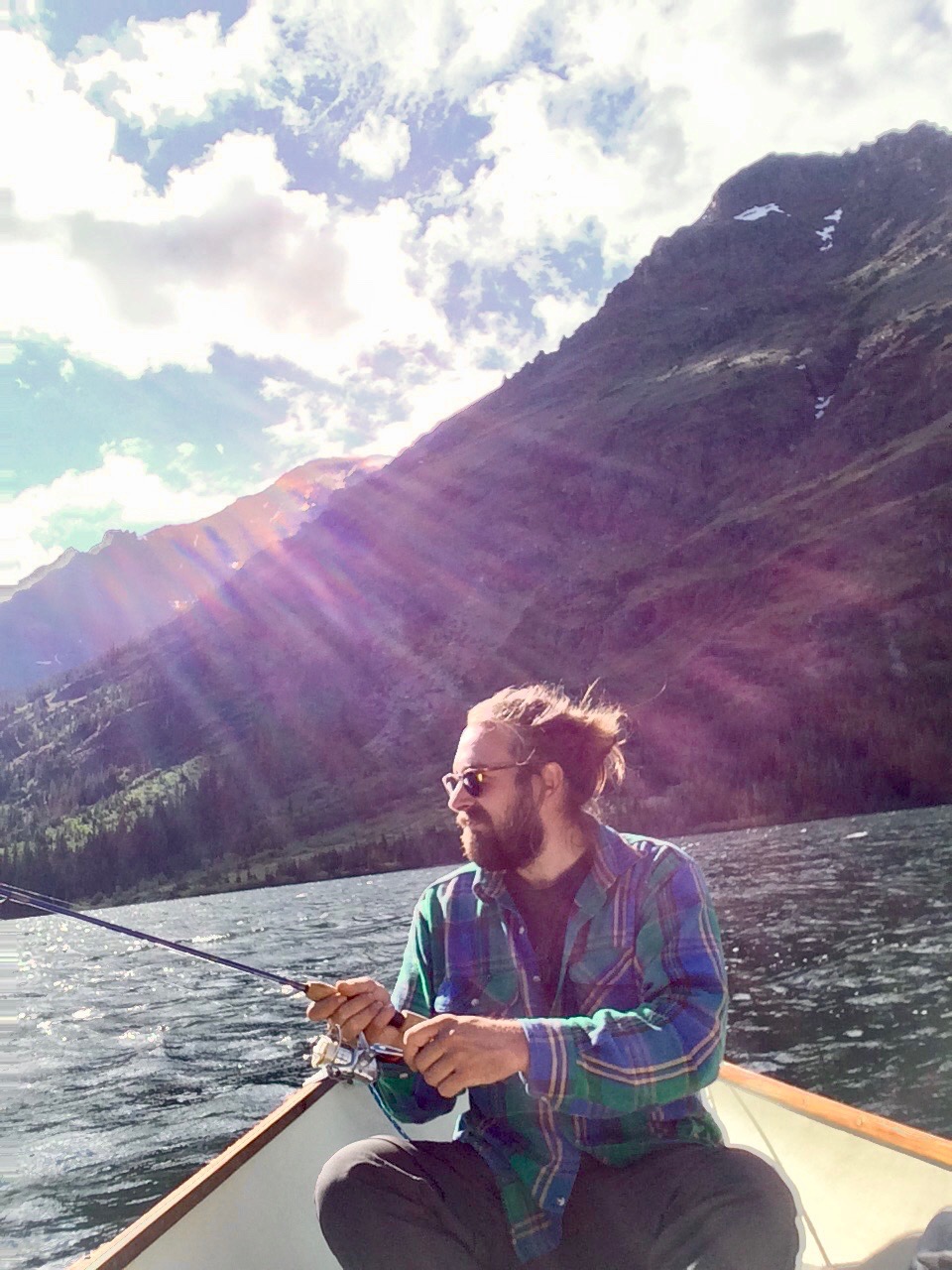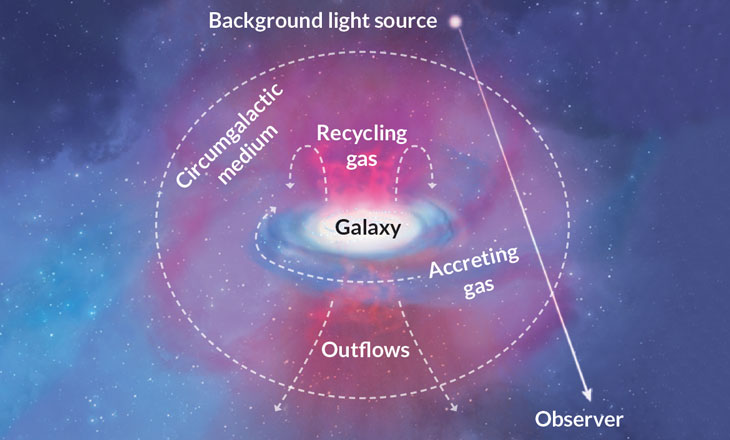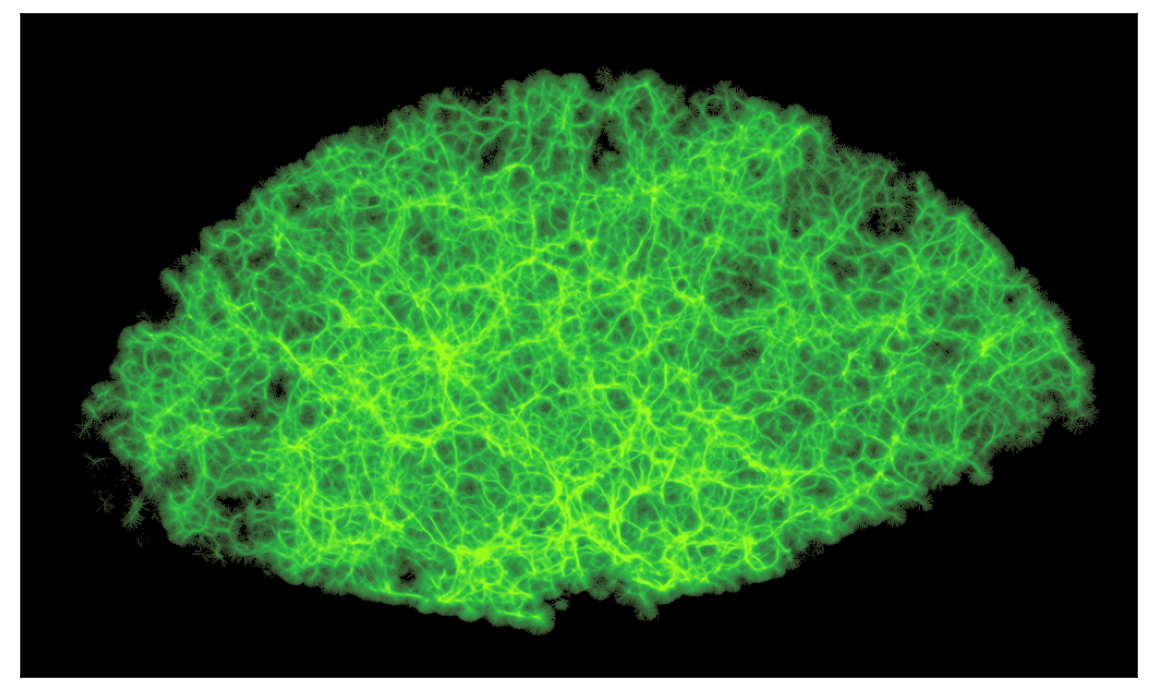About Me

Education:
BS Physics Honors: The University of Texas at Austin
Biography:
I recently recieved my PhD from the Department of Astronomy at the University of Washington and am
currently looking to shift into a career in data science. My interests
include
climbing mountains, mountain biking and amateur dendrology.
My research is focused on the gas that surrounds galaxies, or galactic atmospheres, the so-called
circumgalactic medium
(CGM). The CGM is
responsible for fueling star formation and thus galaxy evolution over cosmic time, but its physics
are dominated by the
complex interplay of gas accreting onto the galaxy balanced by feedback from exploding stars in the
galaxy.
I have constructed a large spectroscopic database that required the use of statistical and
machine learning
methods to tease out the complex gas physics taking place in the CGM.
I received my BS in Physics with honors from the University of Texas at Austin before moving
to New York City to
work as a research assistant in the Department of Astrophysics at the American Museum of Natural
History. After five
amazing years, I chose to move to Seattle to pursue my PhD at the University of Washington. I am
also a member of the
Big Data IGERT Fellowship program through the eScience Institute at the UW.
Publications: ADS
Research

The Circumgalactic Medium
The circumgalactic medium lies at the intersection between the kpc-scale drivers of
galaxy evolution and the Mpc-scale gaseous filaments that make up the large scale
structure in the Universe. As a result, the CGM may hold the key to answering major
outstanding questions relating to galaxy evolution such as: 1) How do galaxies sustain
star formation? 2) Conversely, what quenches galaxies? 3) Where are the baryons
predicted from cosmology, and what does their spatial distribution tell us about
galaxy-scale feedback processes (Tumlinson+2017)? Providing answers to these
questions necessitates generational advances in our understanding of the nature of
the CGM and it's role in galaxy formation.
Here
is a pretty good non-expert recap.
CGM2: COS+Gemini Mapping of the Circumgalatcic Medium
By combining the power of COS on the Hubble space telescope and the 8m Gemini telescopes
we are building one of the largest catalogs of observations of the CGM to-date! I find the survey
design is best explained with pictures so check out the pic above. We use bright background sources,
in this case quasars, to probe the intervening gas around foreground galaxies.
With the help of the Werk
SQuAD (Student Quasar Absorption Diagnosticians) we identified every absorption
in the 22 quasar (QSO) HST-COS spectrum. This was a huge amount of work, and the undergraduate
members of the SQuAD
were invaluable in making this happen.
Using Bayesian statistical techniques, we have been able to estimate the extent of these gaseaus
atmospheres of galaxies and find that they extend to about twice the virial radius. extent,
RCGM,
lies very close to the splashback radius, Rsplash, excellently explainedhere.

You can read more about the CGM2 Survey and our modeling in my publications
Paper I and Paper II.
 Mapping the “Cosmic Web” with Slime Mold
Mapping the “Cosmic Web” with Slime Mold
A tenet of modern cosmology is the existence of the
“cosmic web”, a vast filamentary structure formed via the collapse of matter due to gravity. This
structure is ubiquitous in cosmological simulations yet challenging to observe due to its diffuse
nature.
Recently, a new technique was developed which is inspired by the growth and movement of Physarum
polycephalum slime mold to map the cosmic web of a low redshift (z < 0.01) sub-sample of the SDSS
spectroscopic galaxy catalog (Burchet et al. 2020, Elek et al. 2020). However, this limited volume
limits the statistics and observational techniques that can be applied to this slime mold generated
density field. I have applied this algorithm to the classic SDSS and eBOSS surveys which expands the
volume mapped to z < 0.5. The slime mold density map shown in the accompanying image was recently
released as a value added catalog (VAC) and released by the SDSS DR17 team (Abdurro'uf et al. 2021,
Wilde et al. in prep.), and will allow astronomers a new way to explore the cosmic web. Applications
of this density map include constraining the role of environment on galaxy evolution and the role of
galactic feedback, more efficient follow up observing strategies for gravitational wave targets, and
interesting tests of cosmological constants and dark matter candidates.
You can access the catalogs
here
and check out the recently released Paper!
Contact
Email: mwilde at uw dot edu
Address: Carbondale, CO



